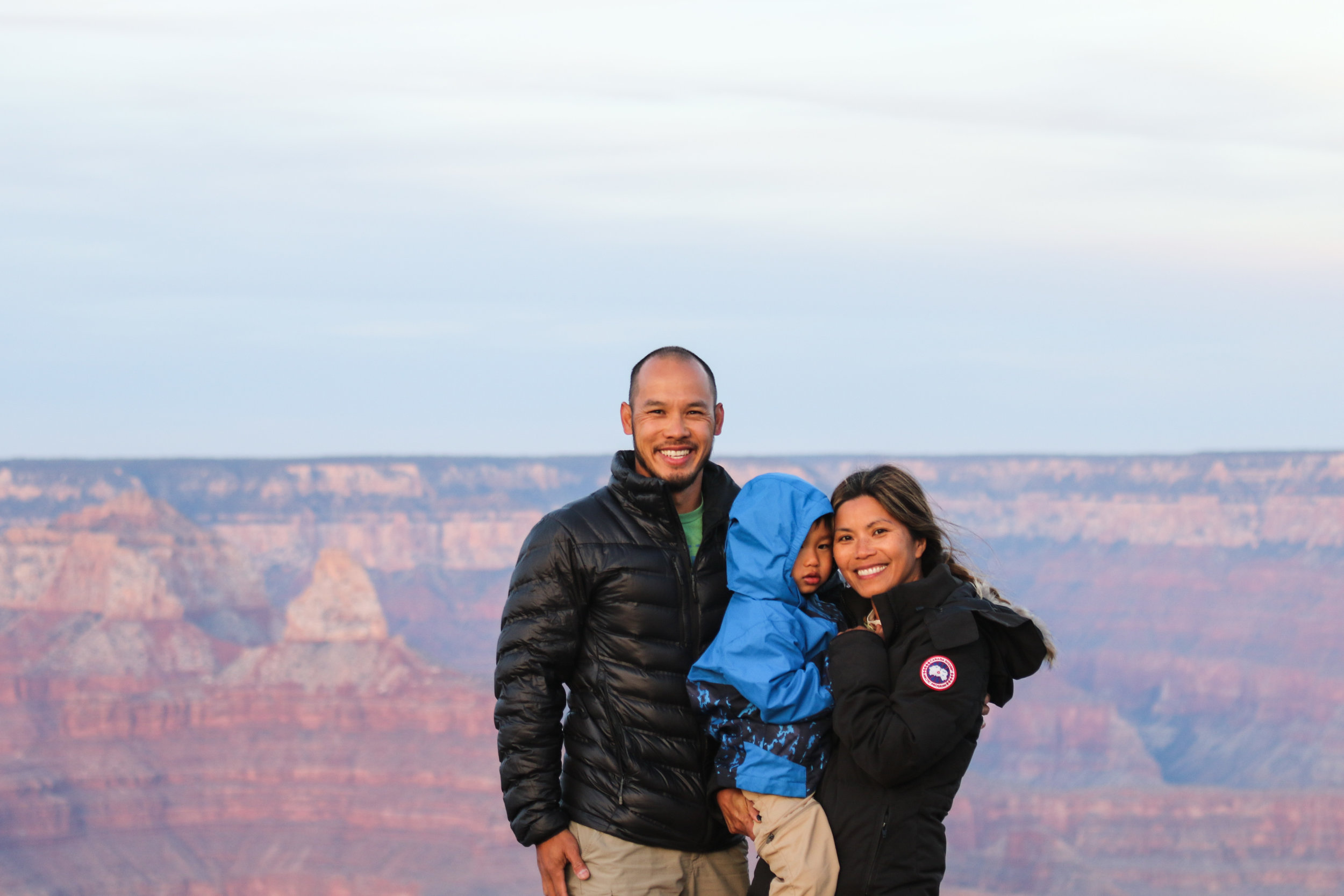Overview
Established in 1906, Petrified Forest National Park is located in northeastern Arizona and covers 229 square miles. The park is famous for its abundance of petrified forest, fossilized wood, and colorful landscape.
Accessibility
The park can be driven by car to most major vista points with many short developed trails. Via the south entrance is the Rainbow Forest known for its colorful petrified wood, and houses a museum with paleontology exhibits. In the center of the park are petroglyphs of Newspaper Rock and ruined village of the Puerco Peublo tribe. Via the north entrance is the Painted Desert Inn that was built in 1930s and is now a museum with murals from the Hopi tribe.
The park’s operating hours are from 9am to 5pm so please plan accordingly. Additionally, the park only offers tent camping that requires a 1 mile hike as well as a permit, so please check with the https://www.nps.gov/pefo/planyourvisit/index.htm. The closes city to the park with lodging is Holbrook and there are many options for lodging at low rates.
Park Highlights
Blue Mesa
Blue Mesa – This is a 0.9 mile loop trail near the middle of the park that offers a unique experience of hiking among badland hills of bluish bentonite clay as well as petrified wood. This trail tops our list of places to stop at Petrified Forest because of its easy hike and spectacular vibrant hills. It is a must stop if you only have half a day at the park.
Teepee Point
Tepees Point – We drove through Tepees vista point at the perfect time during sun-setting, and this lighting brought out the amazing colors of the badland hills. If you’re lucky during your drive through the park, make sure you time it correctly to get the perfect lighting on the hills at Tepees.
Jasper Forest – Jasper Forest is one of the largest deposits of petrified wood in the park. We did not complete the 2.5 miles hike into the Jasper Forest, but instead hung out at the overlook and enjoyed our lunch. From above, this vista point provides an amazing view of the beautiful landscape that Petrified Forest offers. If you have the time, we would recommend exploring this trail.
Painted Desert Overlook – This is a 3 miles drive from the north entrance with many vista points that highlight the colorful desert sands. This is a good place to be if you’re looking to catch a stunning sunrise or sunset on a clear day.
We also stopped at the following locations while driving through the park: Newspaper Rock to see the petroglyphs; Agate Bridge to see the 110 feet long petrified bridge; and the Rain Forest Museum to see the dinosaurs fossils and learn more about the park.
Lodging
The closest city to the park with lodging is Holbrook, which is 25 miles west of the park. There are RV parks and plenty of inns and motels to choose from.
Closest Cities to the Park:
The closest major cities to fly into to visit Petrified Forest National Park are Albuquerque, NM, and Phoenix, AR.
Recommended Length Stay: 2-4 days
Would we be back? Maybe, if we find ourselves driving near the park.
For more photos, please click here.






























